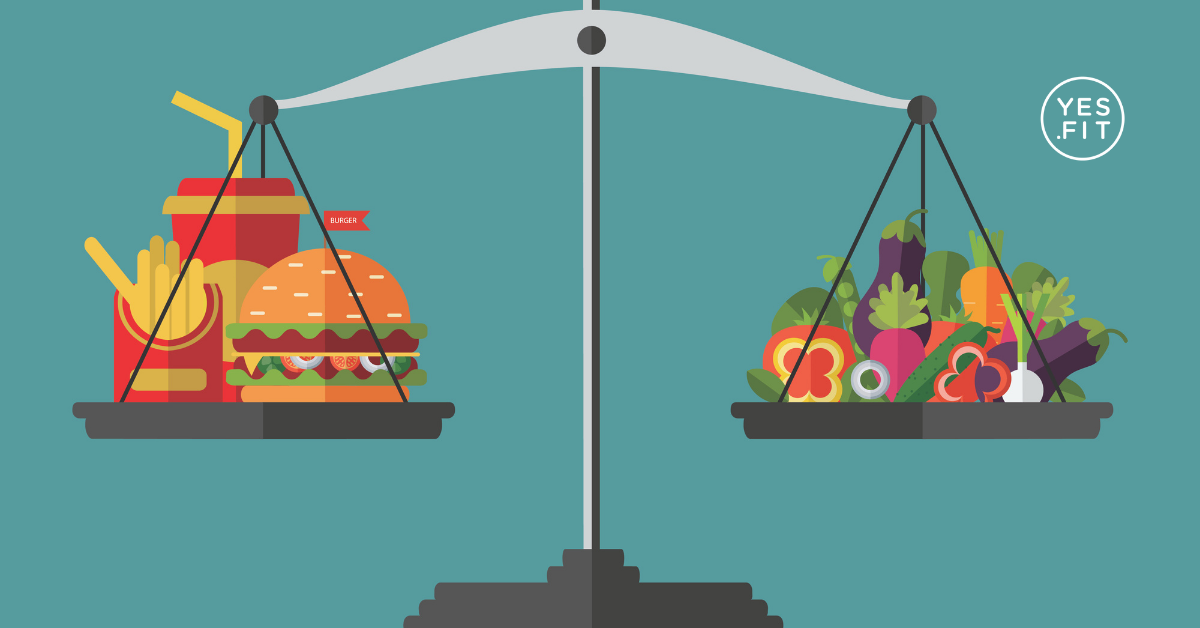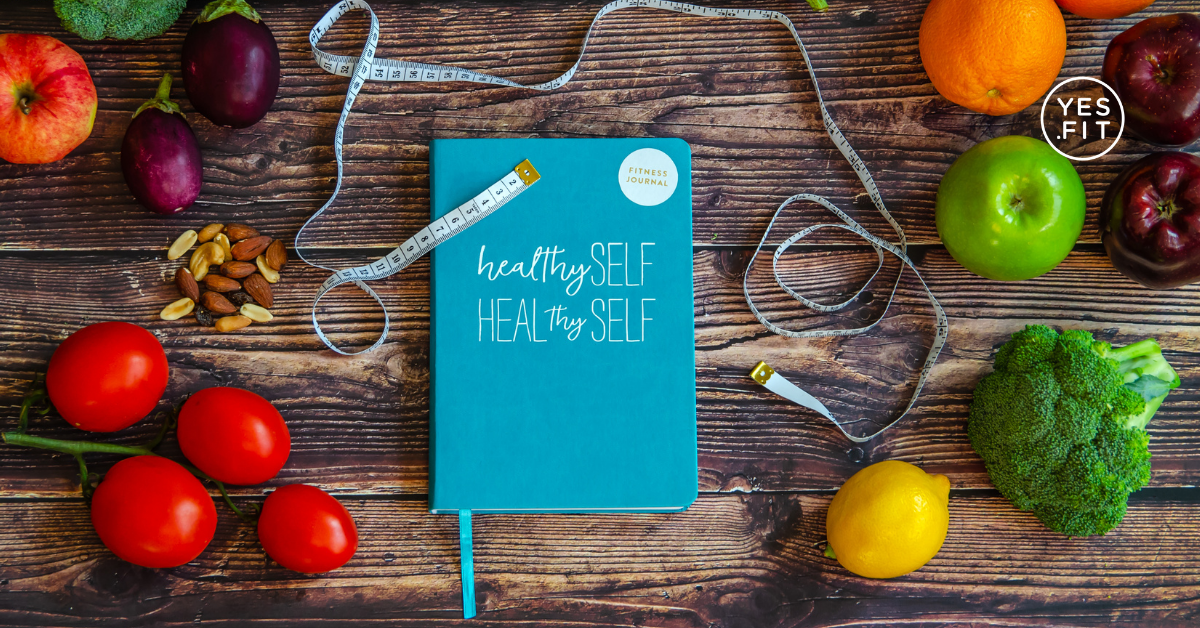Understanding Diet vs. Lifestyle Changes
Dieting has become a dirty word among many nutritionists and fitness experts. This is because diets usually designate a period of time during which one starves while eating tasteless food. At the same time, a diet is a temporary restriction, which may not lead to results that last. But it doesn’t have to be like this.
Instead, change your perspective to see diet and exercise as part of a new, healthy lifestyle. Doing so will leave room for compromise and time to implement your new changes. Dieting is temporary, but healthy lifestyle changes are changes that may come slowly, but stick. Here’s the difference:
- Dieting is a short-term solution in which you restrict the foods you eat and the amount of food that you eat. Foods may fall into bad and good choice categories, while calories are a major focus so that quick weight loss is achieved. If you are lucky, you will drop a few pounds. Unfortunately, the weight usually does not stay off for most dieters.
- Lifestyle Changes are implemented over time with a focus on moderation to achieve long-term results. Since most of us simply cannot overhaul our lives with healthy changes overnight, incorporating lifestyle changes over a period of time is more realistic for most people.

How to Switch from Diet to a Lifestyle Change in 7 Steps
Healthy lifestyle changes often incorporate both diet and exercise or at least some form of physical activity. Wholesome and healthy foods slowly replace unhealthy foods, and you will soon feel stronger and more energetic, leading to even more healthy eating and lifestyle changes due to positive reinforcement.
Making a switch from dieting to a healthy lifestyle change means using a sensible approach to diet and exercise. For a well-rounded fitness plan, include other practices that can help you manage your mental and emotional health as well and physical health. The following tips can help lead you to a new and healthier lifestyle.
1. Learn What Motivates You
Knowing why you want to incorporate new lifestyle changes can help you stick with them. It may take some self-reflection, but once you know why, the how becomes easier. Some typical motivations include the desire for more energy, fit into last year’s clothes, feeling comfortable at a pool party, being healthy enough to enjoy kids or grandkids, or having more energy to begin a new hobby or sport.
2. Make a Plan
Some people create plans and write them in a personal journal while others might add their plan to a daily schedule or calendar. No matter your style, find a plan that you can work with and make room for flexibility.
Include long-term goals with daily steps that will help you get there. If you prefer more detail, add a daily food guide or exercise plan. Create a plan for yourself and keep track of it the best way that works for you.

3. Find Your Support System
Friends and relatives can help you stay motivated while helping you reach your goals. But be specific on what you ask for because simply asking for help looks different to everyone.
If you need a workout buddy, ask for one. If you need your family to not snack around you or to keep certain foods out of the house, ask them. If you don’t have friends and family that will support you, local gym members, personal trainers, or a nutritional counselor can help.
4. Begin with Easy Steps
Change can be overwhelming to anyone, especially if your lifestyle is already busy. To make changes that have a better chance of surviving, begin small. Ten minutes of exercise is more doable than 60 minutes, and replacing one snack a day with an apple is more doable than overhauling your entire diet.
Once you’ve had success with smaller changes, you can build on them. The successes will motivate you and add to your self-esteem, and you should soon begin feeling the effects of a healthier lifestyle. At this point, add on; if you exercise 10 minutes, go for 12 or 15 minutes.
If you replaced one snack with an apple, replace one meal with a healthy version that includes only whole and fresh foods. And if you slip and miss a day, don’t stress because lifestyle changes are long-term solutions, so what matters is what you do most of the time, not once in a while.

5. Keep a Journal
A journal is an important part of healthy living, as it can help you keep track of your progress and success. At the same time, journaling is an excellent tool for good mental health and can help you uncover blockages that might sabotage your efforts.
Use your journal to record your meals, exercise habits, and any other habits you’d like to keep track of such as meditation. Record how you feel when you do something healthy and how you feel when you miss your goals. This can be a great motivator and organizer, so you can stay on track more easily. At the same time, remember that this is a journey and not everyone will have a perfectly healthy day, every day.
6. Recognize and Reward
Use your journal to see your successes and recognize the hard work you have done. Making changes is difficult for anyone, and many people have tendencies to be too hard on themselves.
Go the other direction and reward your hard work with gifts to yourself, like a new essential oil for your bath or a new set of workout clothes. Positive reinforcement is not only a good motivator but good for your mental health, as well.

7. Start Now
Starting your lifestyle change can be as easy as adding a little physical activity into each day. Set goals for yourself that you can implement today, like going for a 5- or 10-minute walk or looking up healthy recipes for your new conscious eating plan.
You can always add on to small goals, and you can enjoy personal wins in just a week, so have fun remember there’s no time like now.








